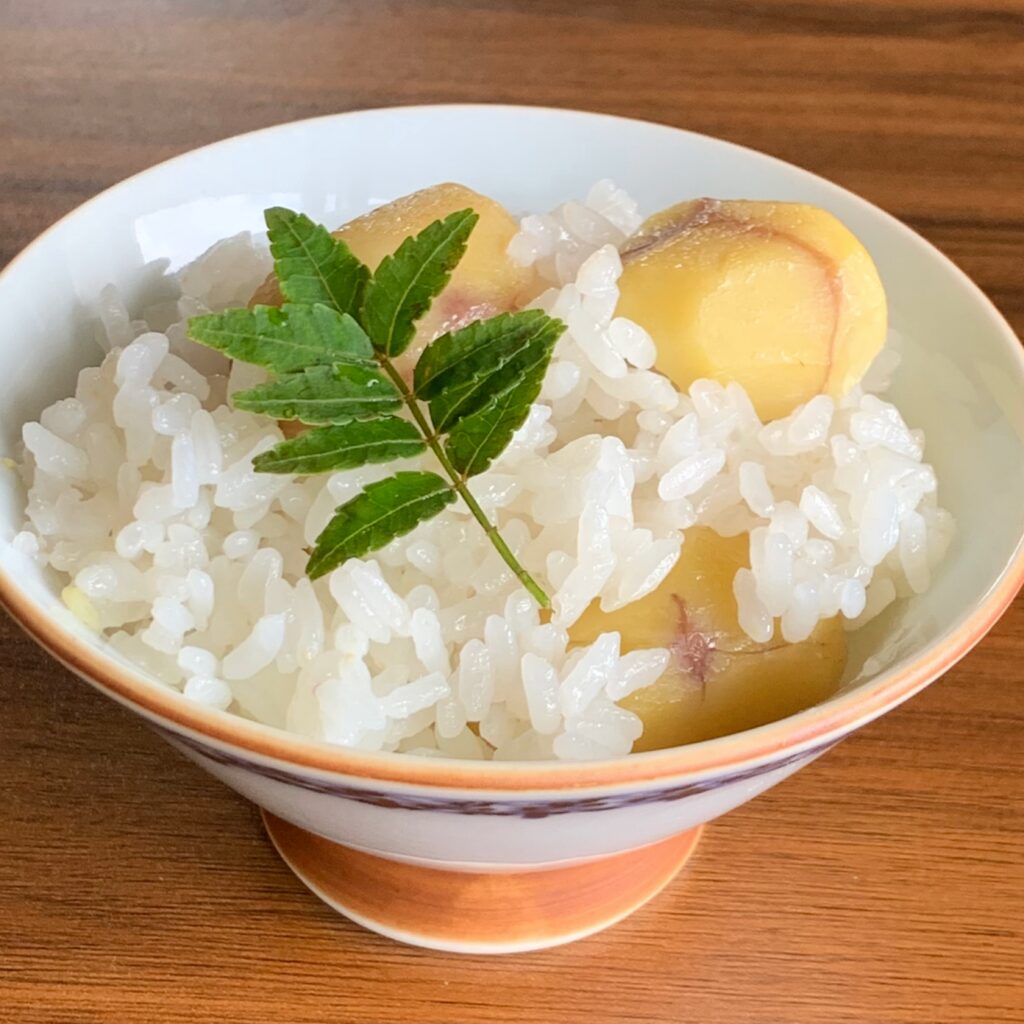
Kuri gohan (栗ごはん)
What kind of dish is kuri gohan (chestnuts rice)?
A dish made by cooking chestnuts and rice together with a little salt.
With a simple seasoning, you can fully feel the umami of chestnuts, which can be said to be a representative of the taste of autumn.
栗 (=kuri) means chestnuts in English, and ごはん (=gohan) means rice in English.
This chestnut rice is made by combining regular rice and glutinous rice. Rice mixed with glutinous rice is called okowa. Therefore, this dish is also called “Kuri Okowa”.
Chestnuts are difficult to peel. Soak the fruit in water overnight, peel off the skin with a knife, and soak the fruit in water for 30 minutes to remove the lye.
It takes a lot of time, so I use pre-processed frozen chestnuts.
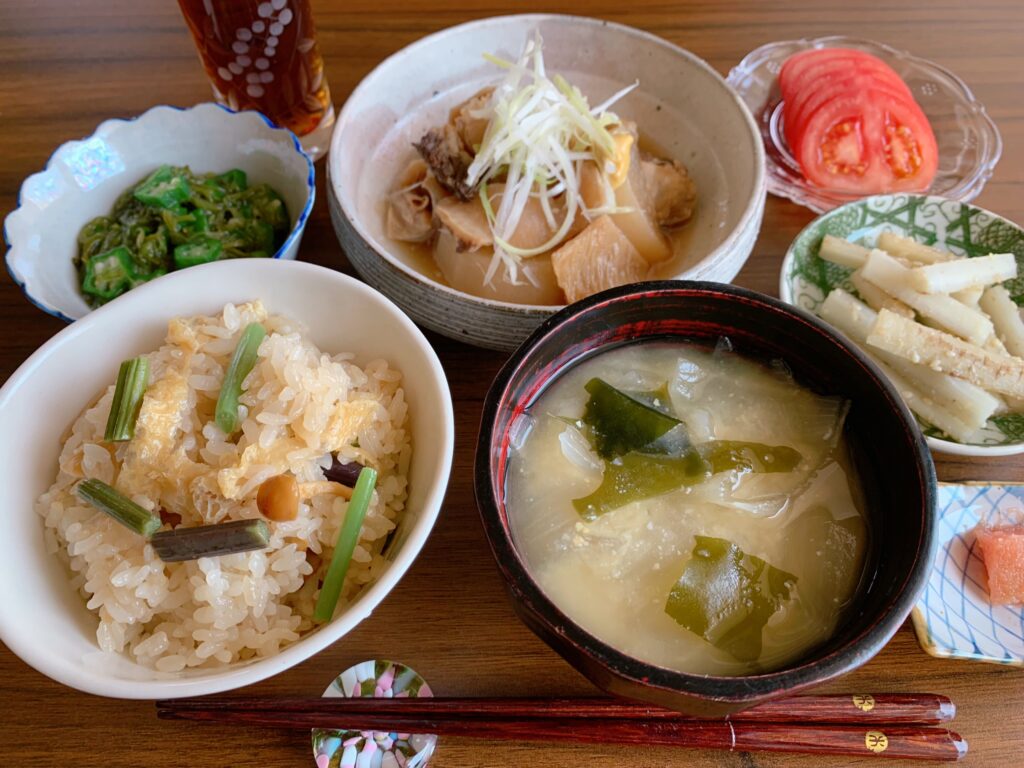
What kind of ingredient are kuri (chestnuts)?
They are a quintessential autumn delicacy, found widely throughout the world’s temperate regions.
The Japanese chestnuts cultivated in Japan are a type of wild chestnut that has been improved, and are characterized by their large size but the skin not easily coming off.
They are very sweet, so they are eaten boiled or roasted as is.
Popular preparations include chestnut rice, kinton (sweetened chestnut soup), and kanroni (sweetened simmered chestnuts).
Chestnuts have been eaten since ancient times, and chestnuts have even been discovered in Jomon period ruins.
They contain 1.7 times more dietary fiber than sweet potatoes, and their skins are rich in polyphenols.
They are also rich in zinc, which is known to stimulate metabolism and boost immunity.
They’re surprisingly high in calories, so be careful not to eat too many.
NUTRITION FACTS of Kuri Gohan (Chestnuts Rice)
- 270 kcal
- Protein 4.9 g
- Fat 0.86 g
- Carb 61.6 g
- Salt Equivalent 1.0 g
INGREDIENTS for Kuri Gohan (Chestnuts Rice) (5SERVINGS)
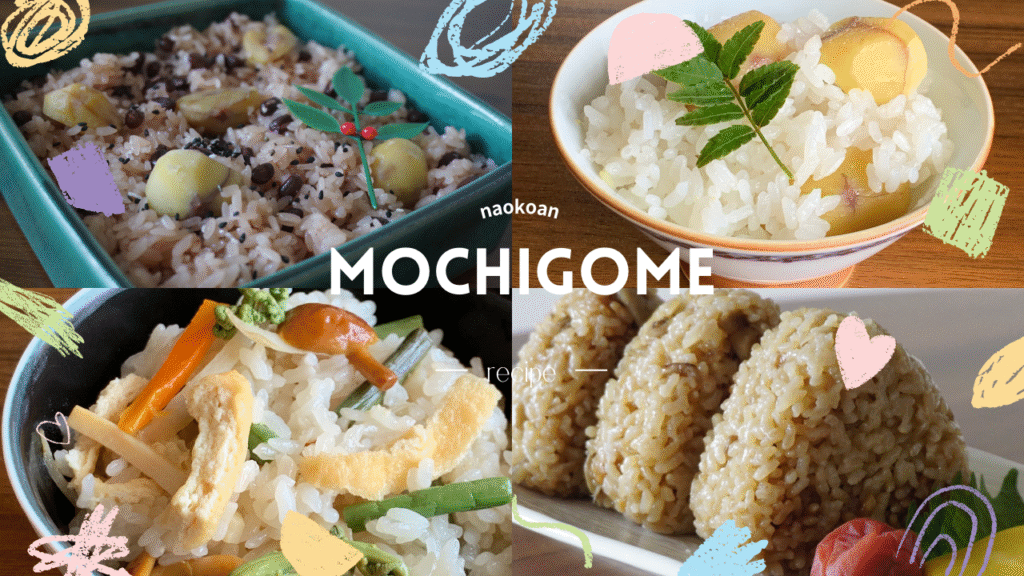
- Frozen chestnuts 160g
- Rice 160g
- Glutinous rice (sticky rice) 160g
- Water 360g (400g if not using glutinous rice)
- Sake 20g
- Salt 5g
Kuri Gohan(Chestnuts Rice) COOKING INSTRUCTIONS
☆*:.。.If you have time, soak the rice in water for 30 minutes.
- Wash the rice and glutinous rice.
- Put rice, glutinous rice, water, sake and salt into the rice cooker.
- Mix everything to distribute the seasoning.
- Put the frozen chestnuts on top of the rice.
- Cook using normal cooking mode.
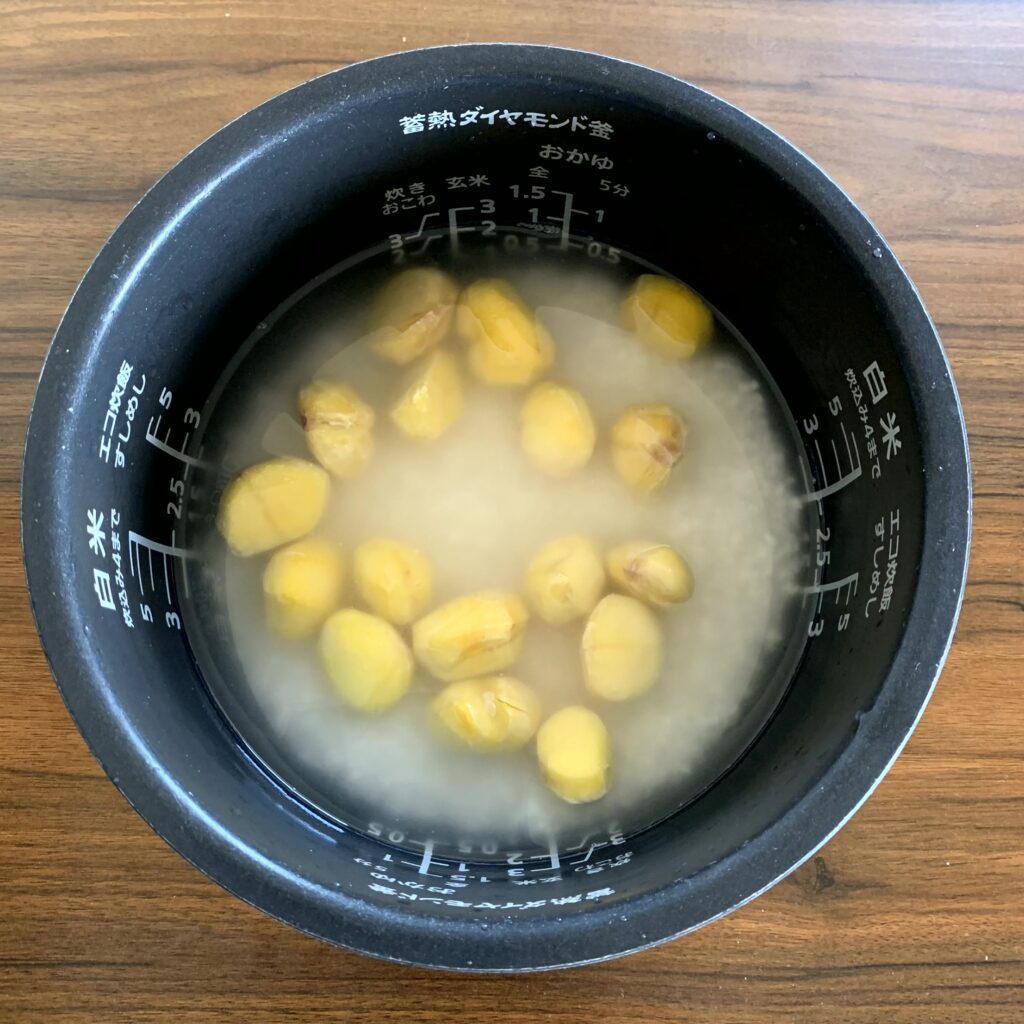
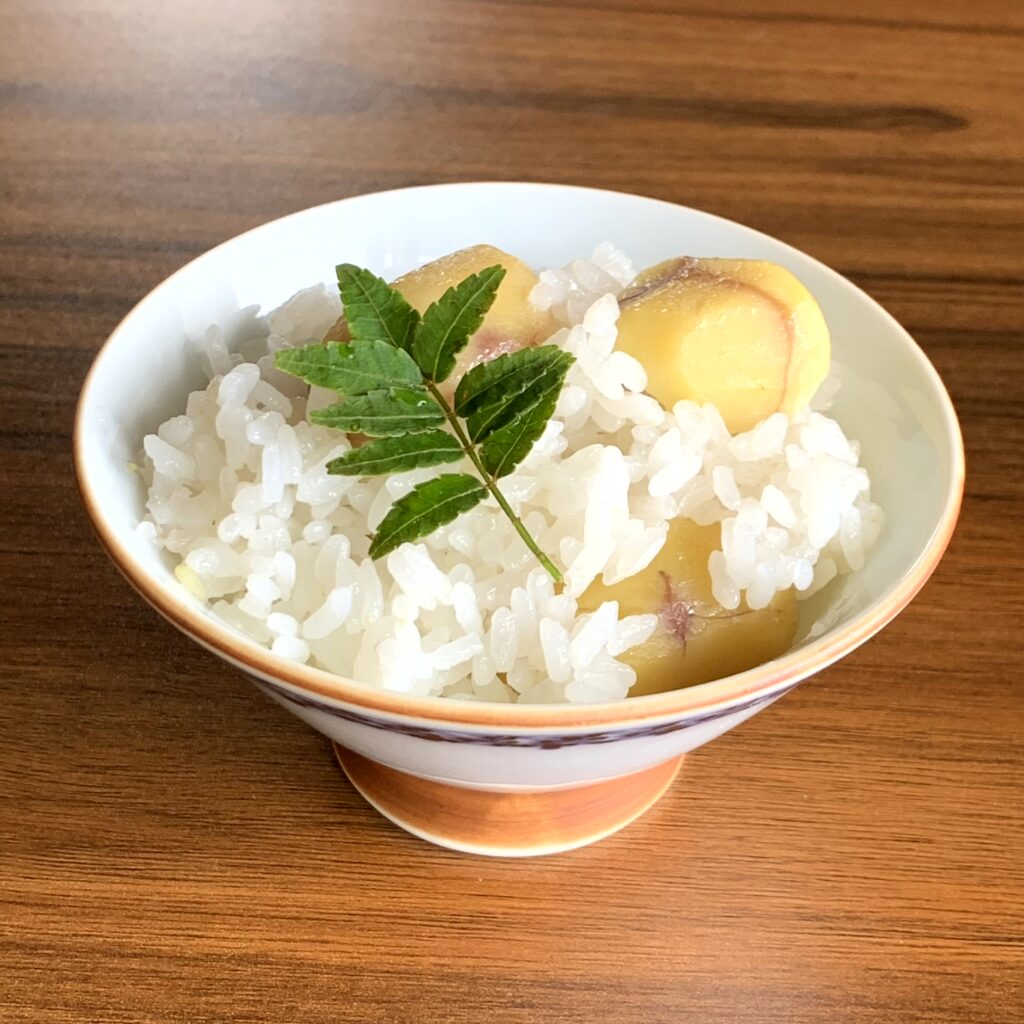


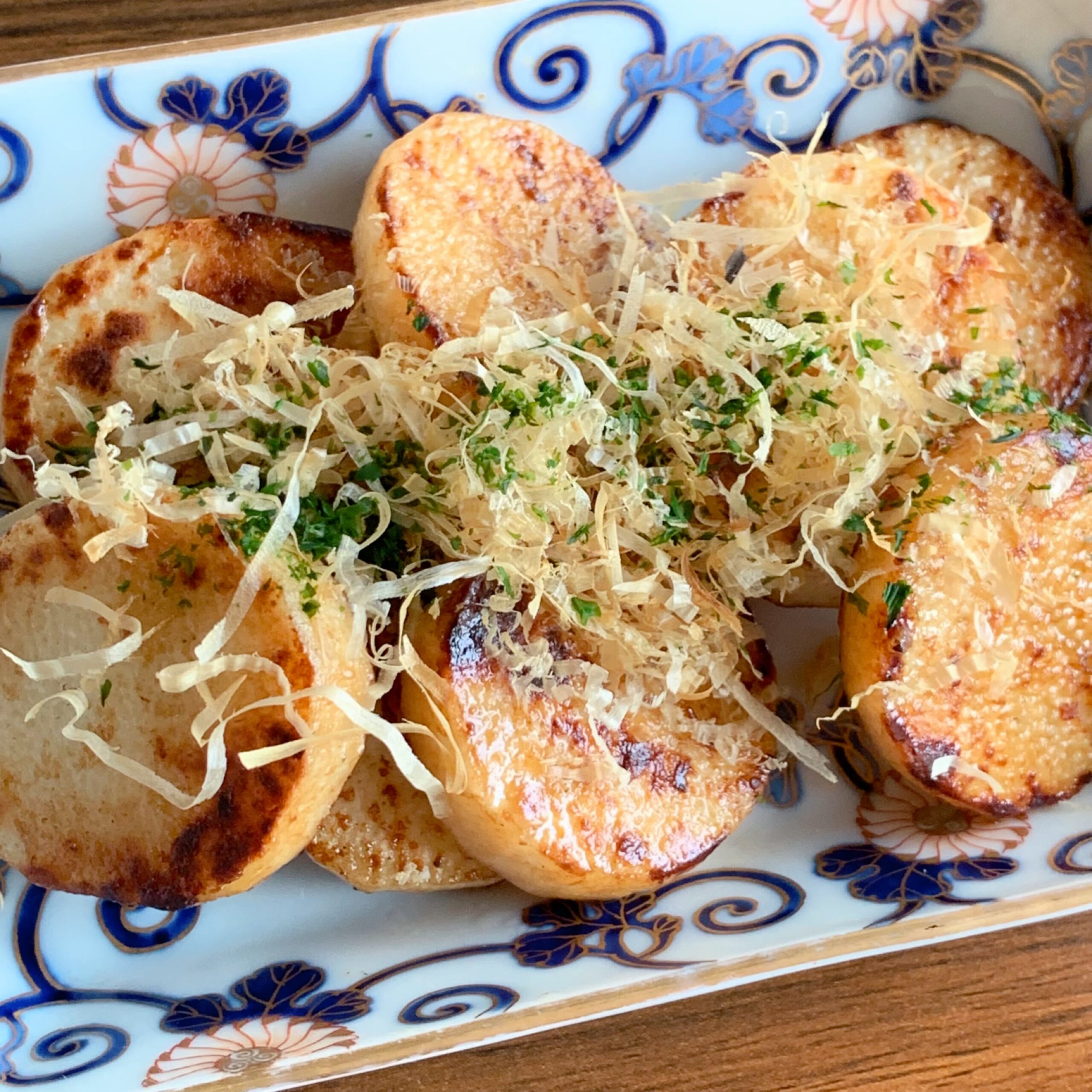

コメント